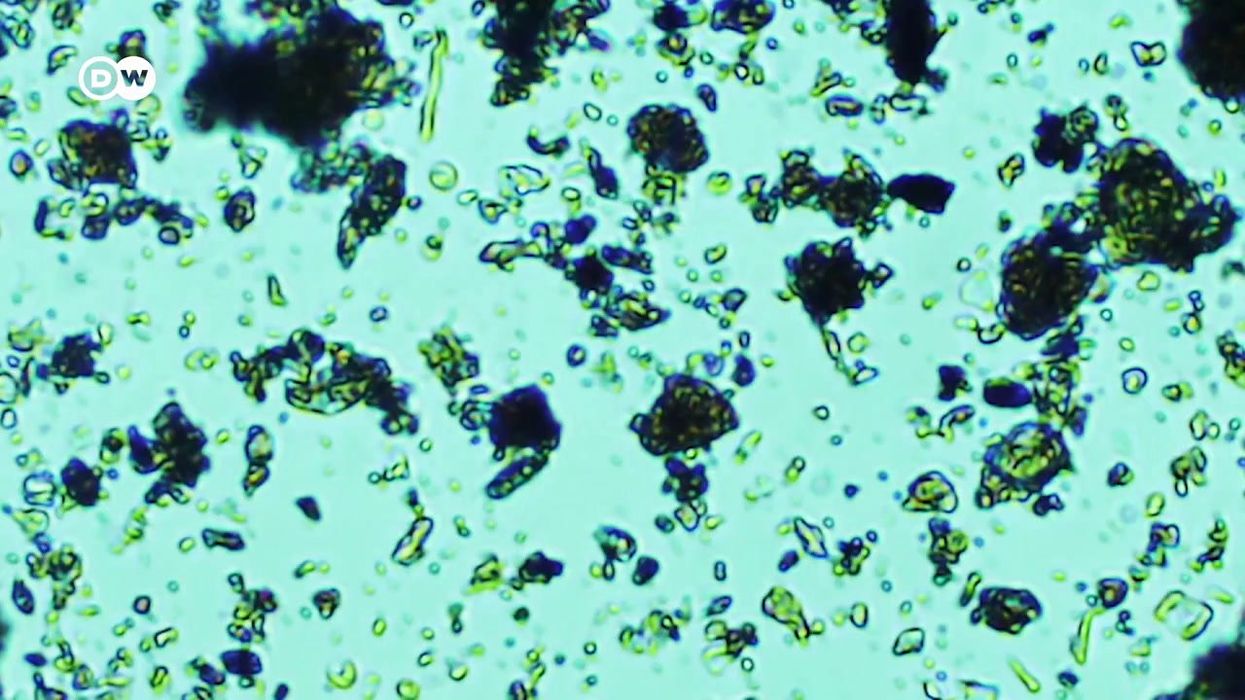Science & Tech
Harry Fletcher
Aug 29, 2024
Are microbes the key to global food security?
DW - Business / VideoElephant
Scientists have discovered a mysterious new species of multicellular organism which offers new insight into the evolution of microscopic life forms - and potentially the secrets of the earliest animals on Earth.
Researchers from the University of California, Berkeley uncovered secrets living deep in Eastern Sierra Nevada’s Mono Lake which could tell us more about the earliest days of animals 650 million years ago.
The research, put forward in a paper published in the journal mBio, focuses on the discovery of a new choanoflagellate species that hosts a microbiome [via SciTechDaily].
The fact that anything is living in the lake itself is pretty staggering, given that water contains arsenic and cyanide. But the newly discovered organism is a choanoflagellate.
What exactly is a choanoflagellate? Put simply, it’s a single-cell life form that acts much like an animal embryo in the way it divides into multicellular colonies.
While it’s not an animal, a choanoflagellate is the closest thing to an animal, and are studied as models to represent early life forms millions of years ago.
Researchers believe that the new discovery will offer insight into the relationship between animals and bacteria that first led to the human microbiome.
Nicole King, a UC Berkeley professor of molecular and cell biology and a Howard Hughes Medical Institute (HHMI) investigator, said: “Animals evolved in oceans that were filled with bacteria.
“If you think about the tree of life, all organisms that are alive now are related to each other through evolutionary time. So if we study organisms that are alive today, then we can reconstruct what happened in the past.”
Colonies of these forms were detected, made up of nearly 100 identical choanoflagellate cells – and their similarities to structures of cells in the animal world are part of makes them so intriguing to the experts.
“One of the things that’s interesting about them is that these colonies have a shape similar to the blastula — a hollow ball of cells that forms early in animal development. We wanted to learn more about it,” King said.
“I think there’s a great deal more that needs to be done on the microbial life of Mono Lake, because it really underpins everything else about the ecosystem,” King said. “I’m excited about B. monosierra as a new model for studying interactions between eukaryotes and bacteria. And I hope it tells us something about evolution. But even if it doesn’t, I think it’s a fascinating phenomenon.”
Sign up for our free Indy100 weekly newsletter
How to join the Indy100's free WhatsApp channel
Have your say in our news democracy. Click the upvote icon at the top of the page to help raise this article through the Indy100 rankings
Top 100
The Conversation (0)














